Aug. 20, 2024
Celebrating the legacy of the Spartan Marching Band
On football game days at MSU, there’s nothing that generates anticipation and excitement like the powerful music of the Spartan Marching Band. Whether it’s their traditional march from Adams Field to The Spartan and Spartan Stadium, their jaw-dropping halftime shows or the events they add spectacle and skilled performances to throughout the year, the Spartan Marching Band is a quintessential and iconic part of MSU. To celebrate the beginning of their season, we’re taking a look at the history of the Spartan Marching Band, starting from humble beginnings as a student-led ensemble to becoming one of the finest marching bands in the world.
Advance through the photos to learn more about the marching band, then test your knowledge with the quiz below.
Photos courtesy of the Spartan Marching Band and MSU Archives and Historical Collections, unless otherwise noted.
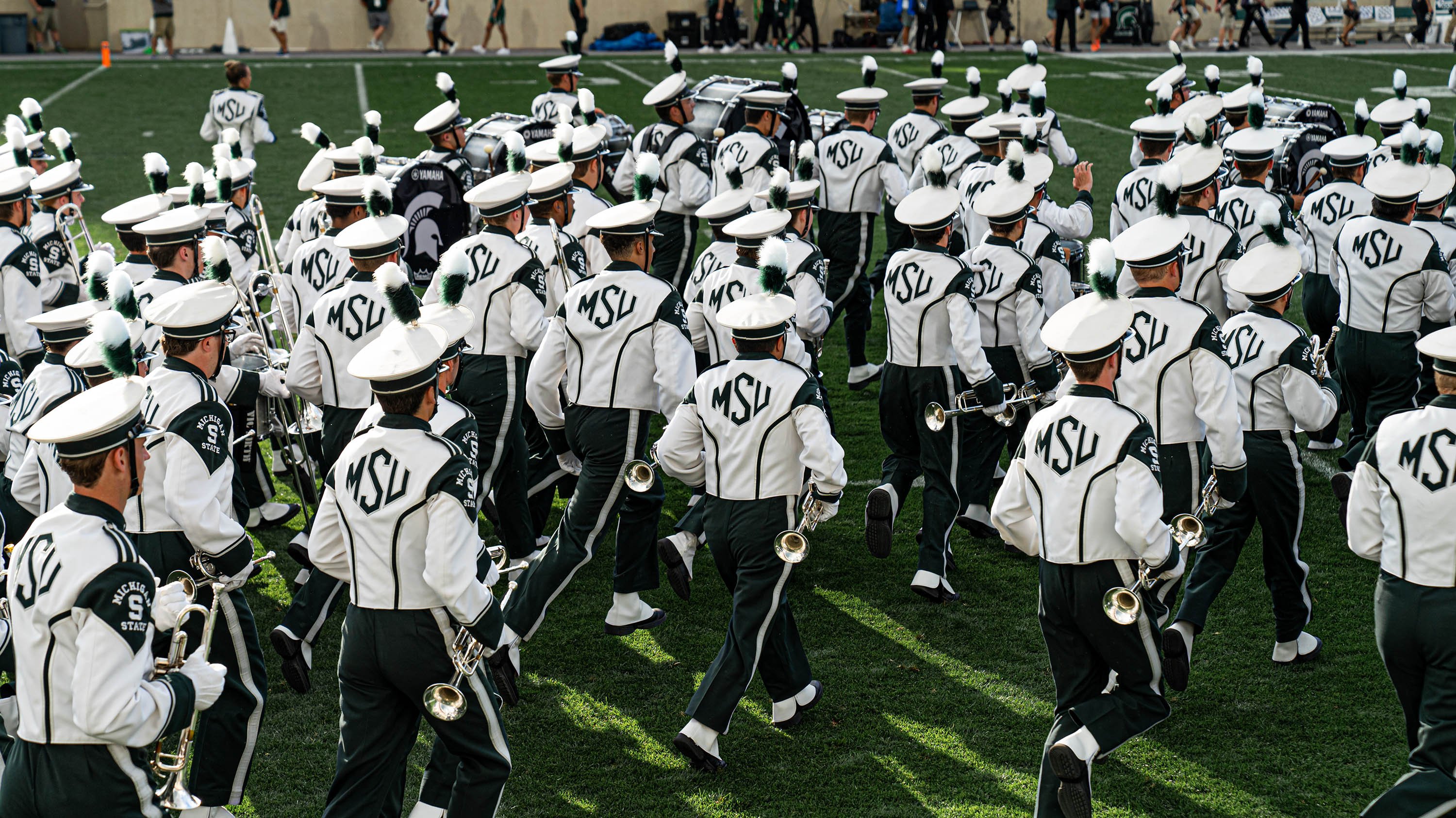
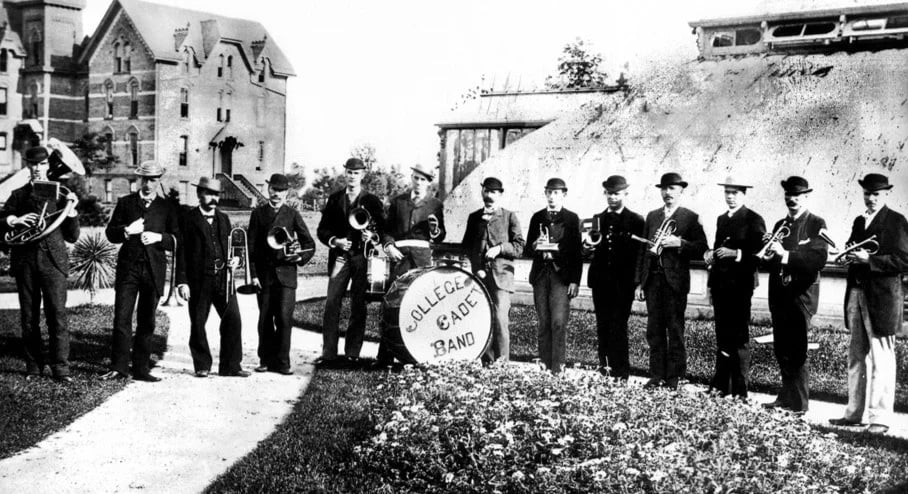
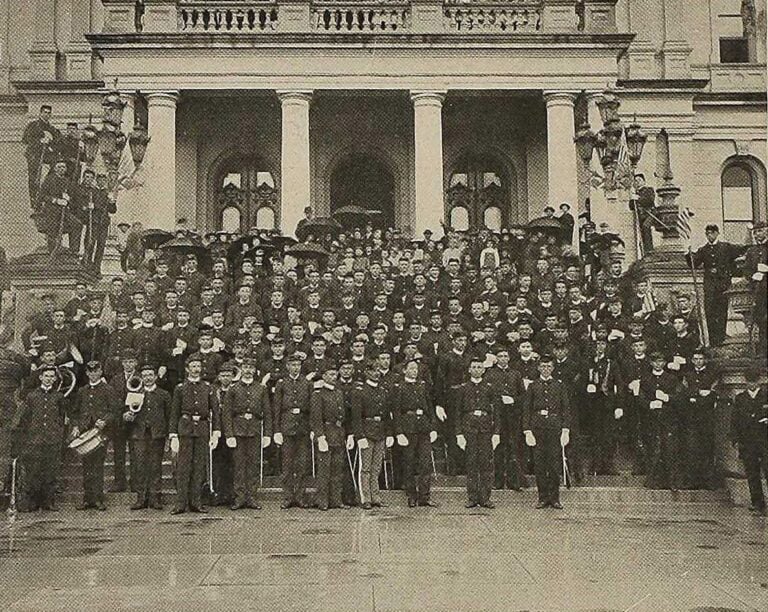
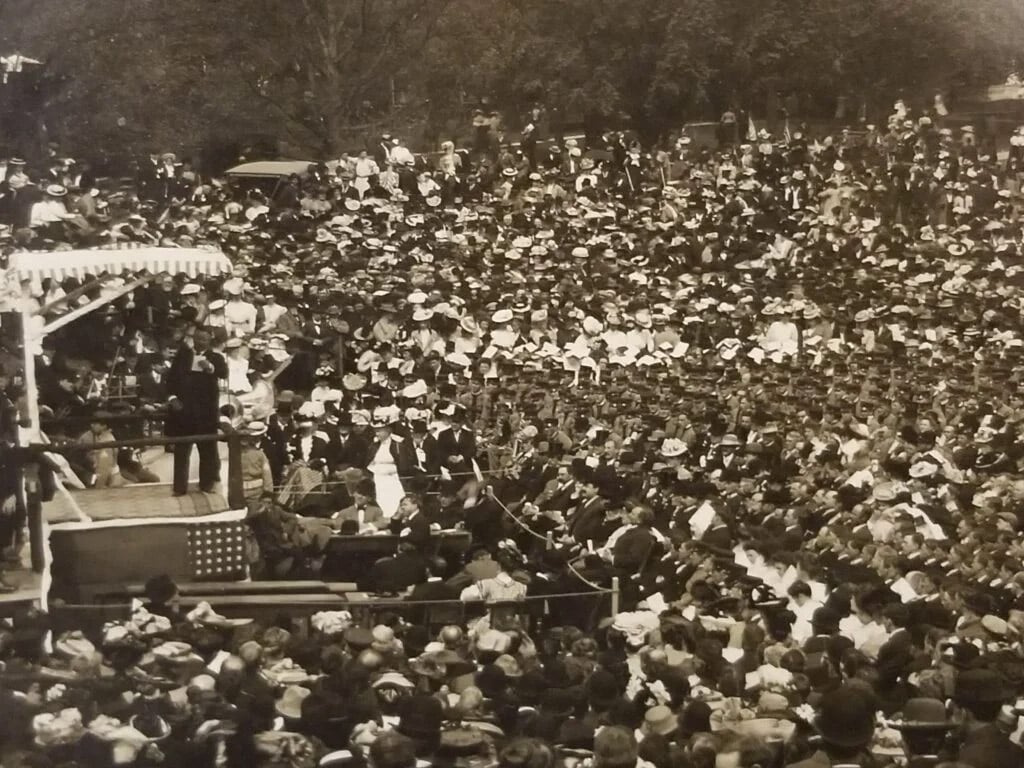
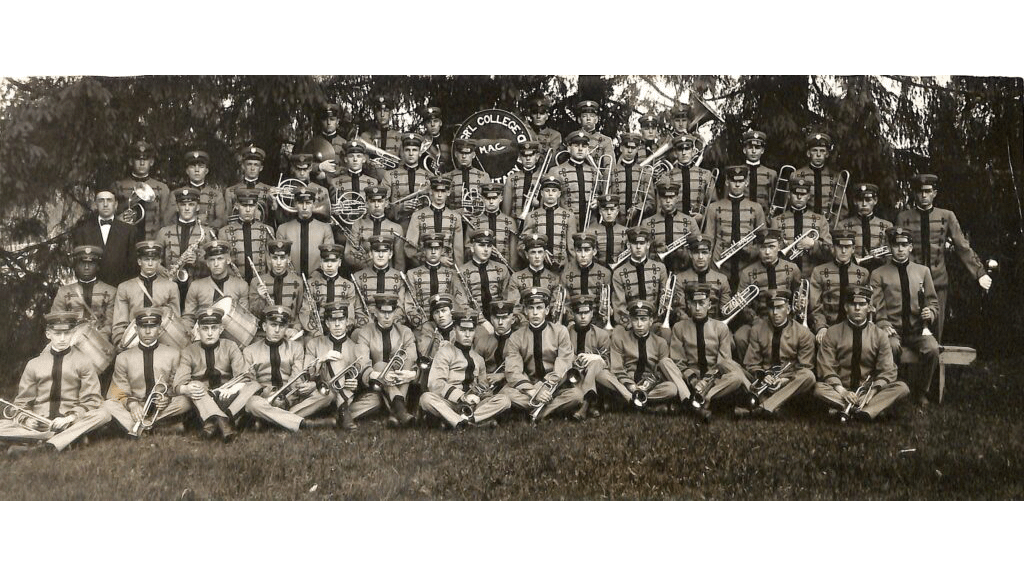
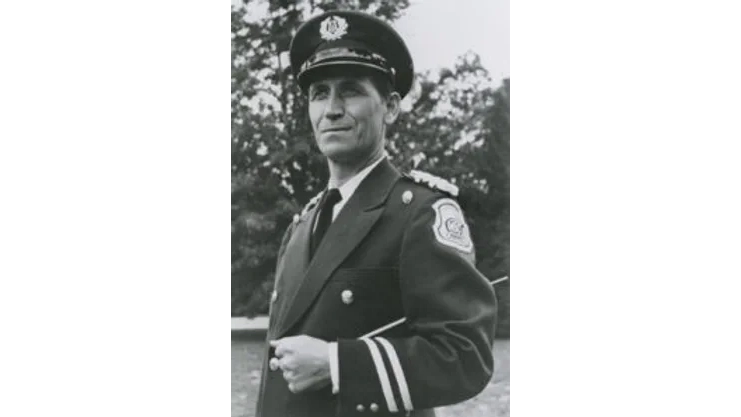
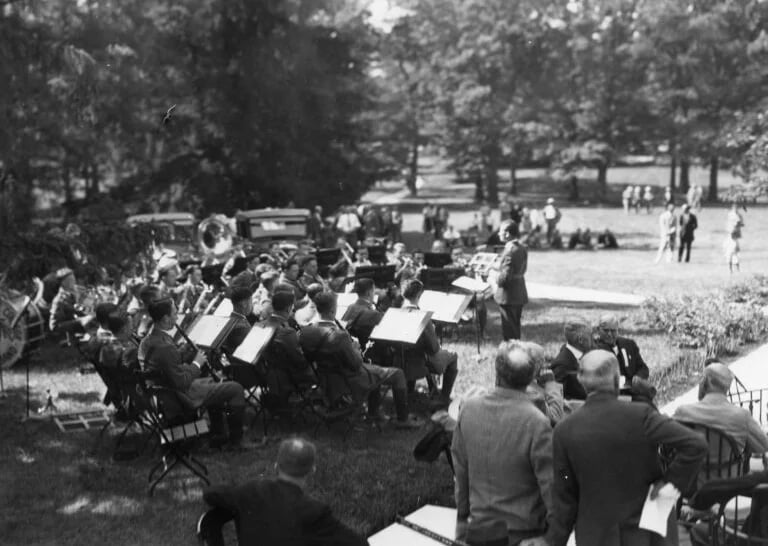
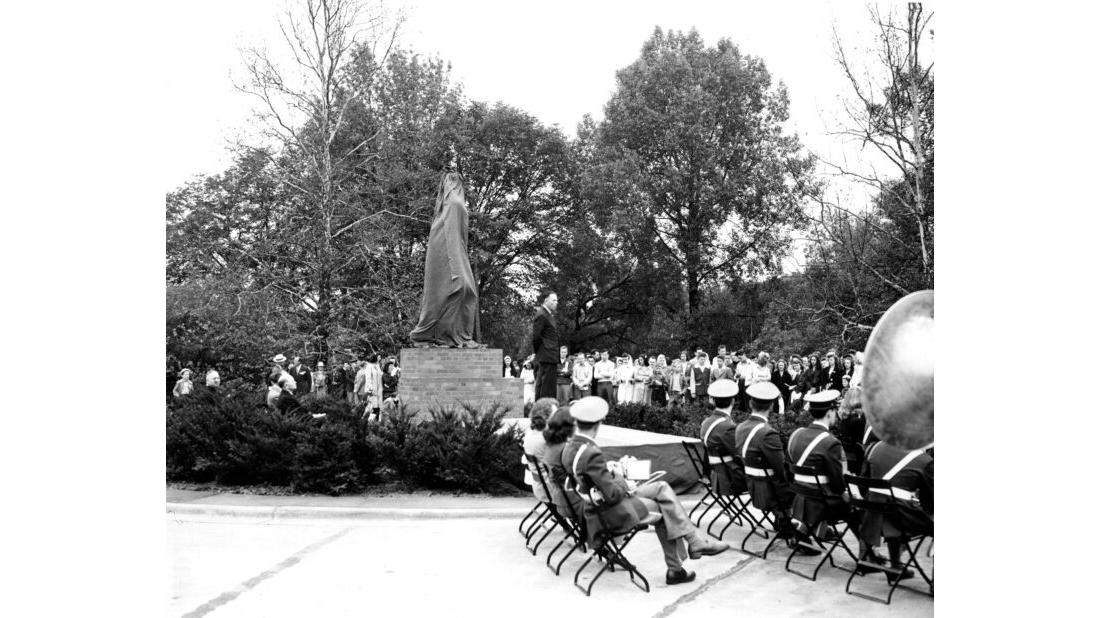
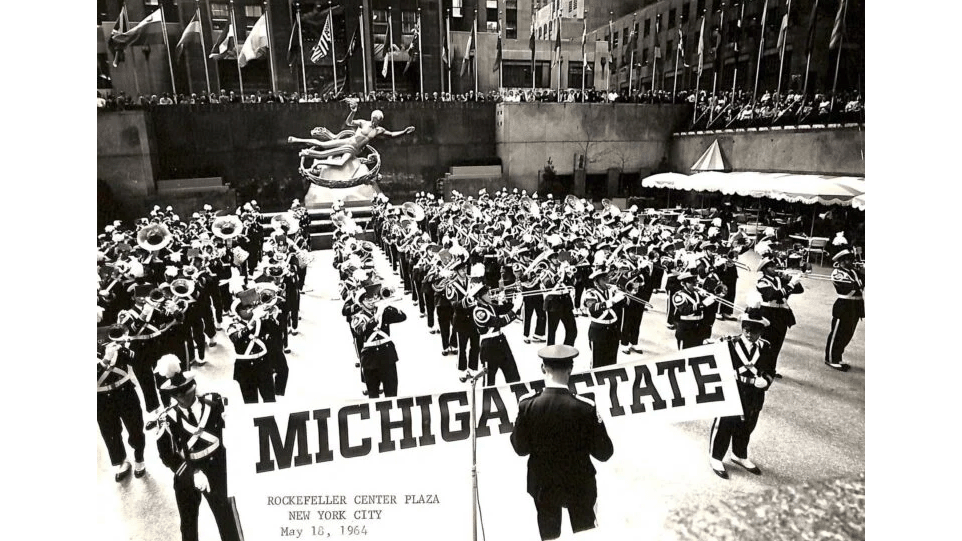
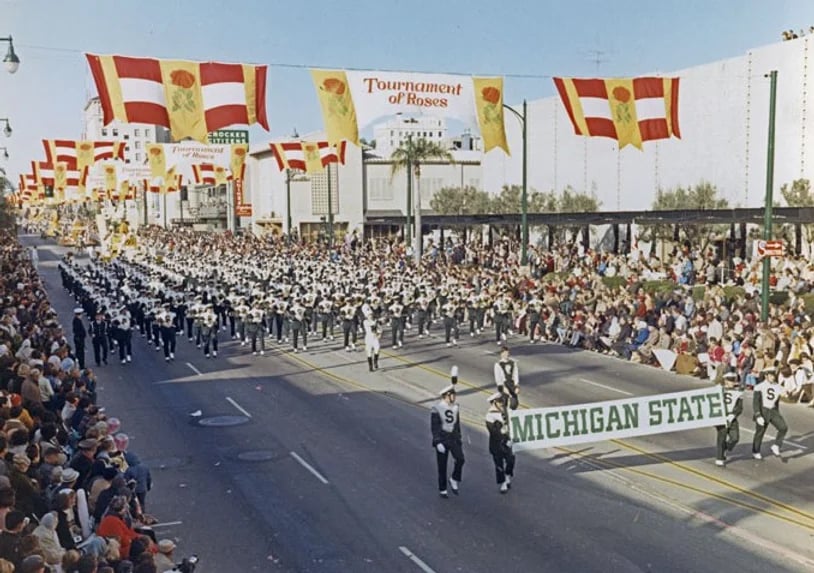
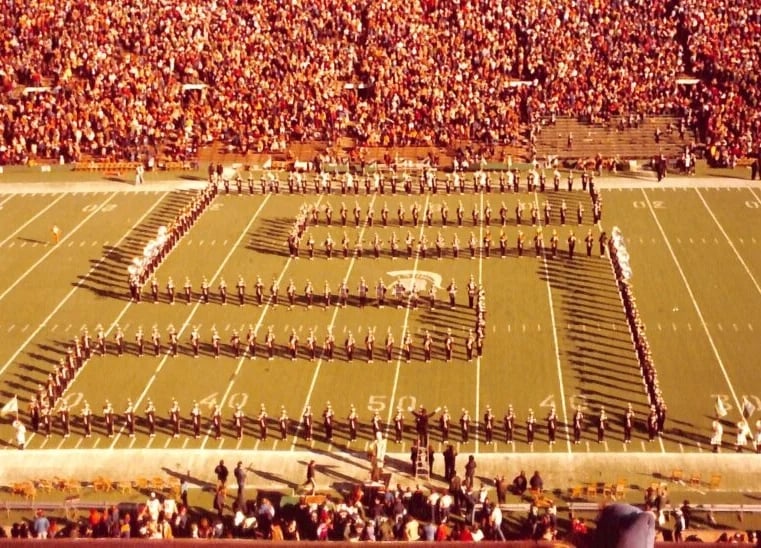
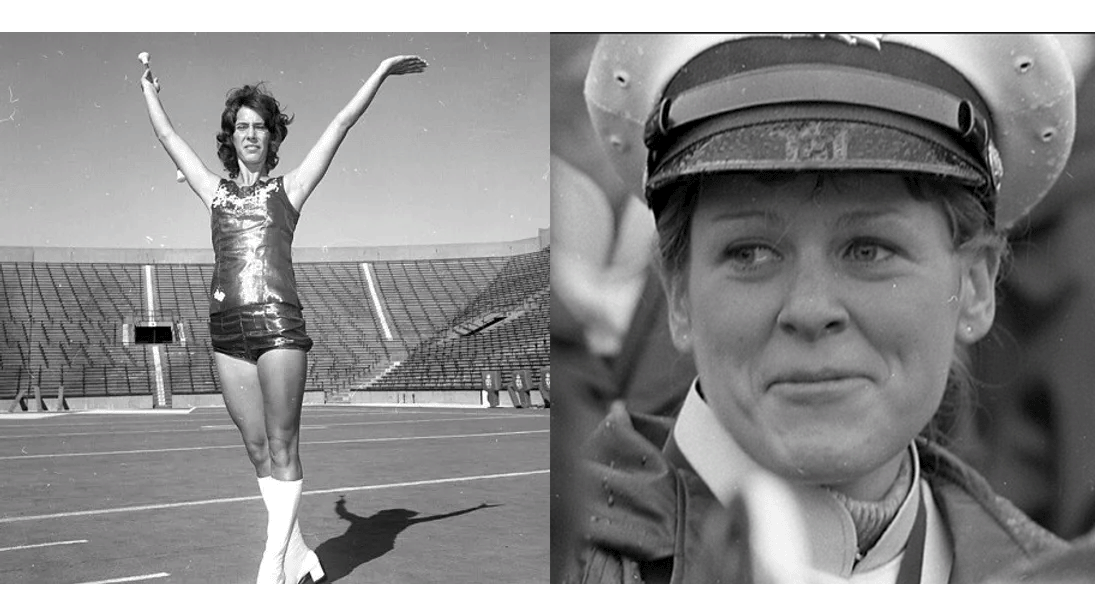
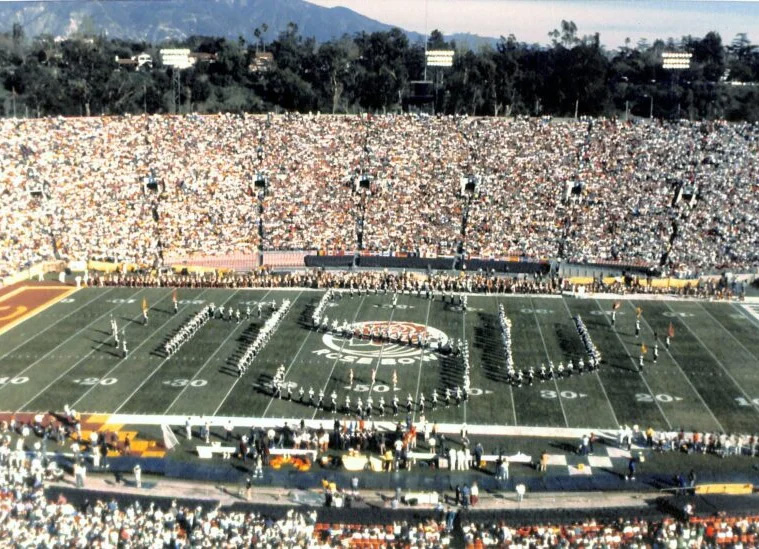
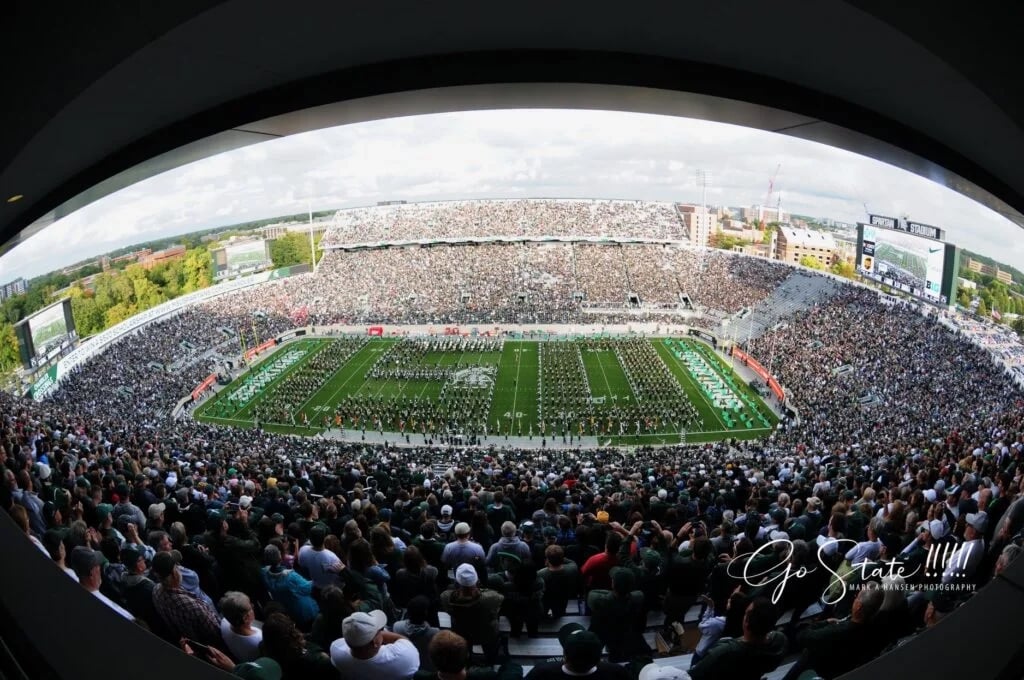
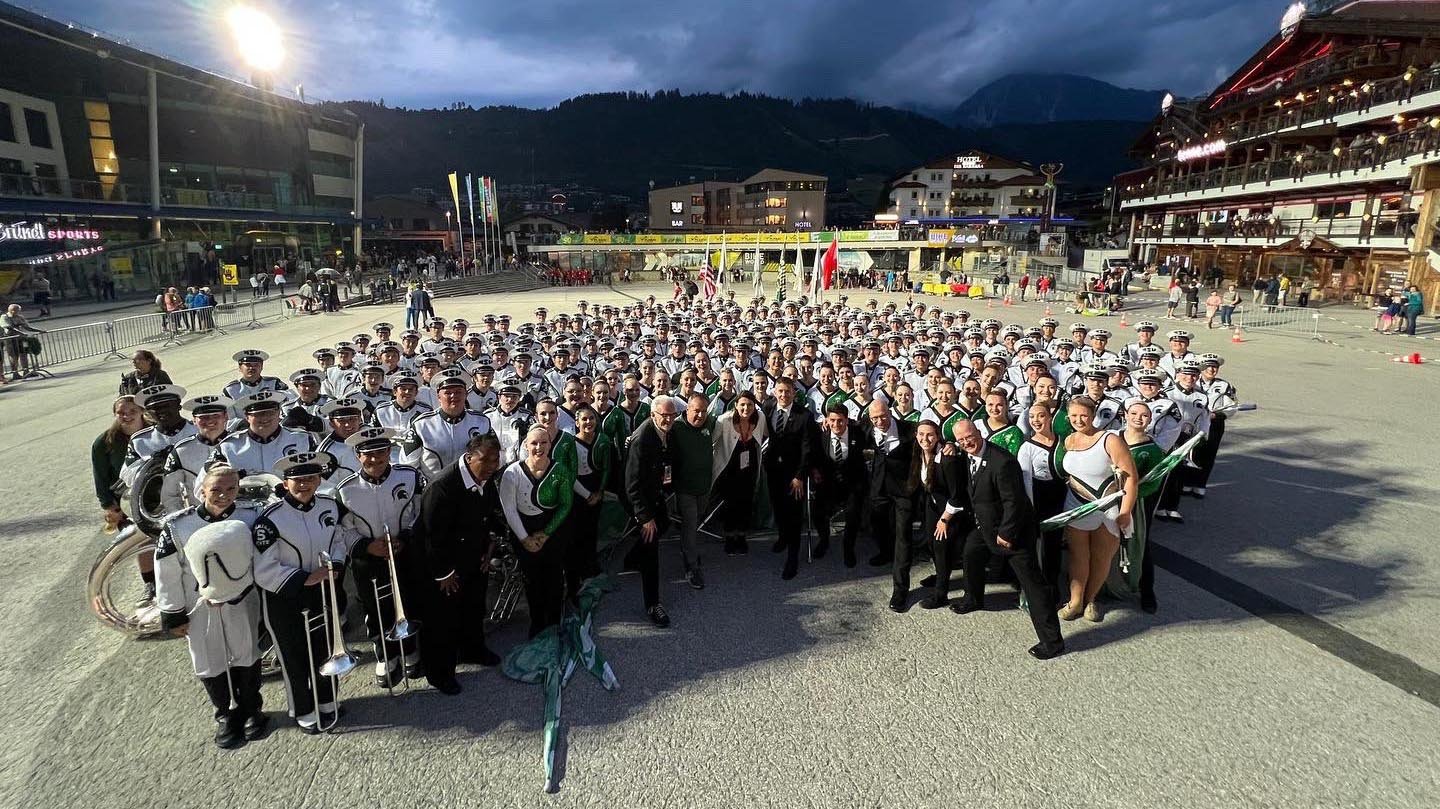
















The band was briefly discontinued in 1890 and replaced with a drum corps, though it would be quickly reinstated in 1892 when the Military Department appointed a new department head.
Shortly after the celebration, MSU President Jonathan L. Snyder assigned chemistry faculty member A.J. Clark to serve as the band’s director, providing much-needed discipline and greater musical direction to the ensemble.
Through the decade, the musical presence at MAC developed, with a proper Music Department being established in 1919. Though the band remained a unit of the Military Department, the director of bands became a music faculty position, directing the marching band as well as other bands on campus.
In this era, the band’s current home, Demonstration Hall, was constructed as a replacement for the campus armory.
In 1964, the SMB was invite to New York City for the New York World’s Fair, traveling by air for the first time to play at several venues, including the skating rink at Rockefeller Center.
1966 would also see the final season of the band directed by Leonard Falcone, with his final game as director being the “Game of the Century,” the infamous 10-10 tie versus Notre Dame.
The band was briefly discontinued in 1890 and replaced with a drum corps, though it would be quickly reinstated in 1892 when the Military Department appointed a new department head.
Shortly after the celebration, MSU President Jonathan L. Snyder assigned chemistry faculty member A.J. Clark to serve as the band’s director, providing much-needed discipline and greater musical direction to the ensemble.
Through the decade, the musical presence at MAC developed, with a proper Music Department being established in 1919. Though the band remained a unit of the Military Department, the director of bands became a music faculty position, directing the marching band as well as other bands on campus.
In this era, the band’s current home, Demonstration Hall, was constructed as a replacement for the campus armory.
In 1964, the SMB was invite to New York City for the New York World’s Fair, traveling by air for the first time to play at several venues, including the skating rink at Rockefeller Center.
1966 would also see the final season of the band directed by Leonard Falcone, with his final game as director being the “Game of the Century,” the infamous 10-10 tie versus Notre Dame.
01 / 15
In what year was the MSU Alumni Band formed?
MEDIA CONTACTS
Latest News
MSUToday Weekly Update
The MSUToday Weekly Update email showcases how Spartans are making a difference through academic excellence, research impact and community outreach. Get inspired by these stories of innovation, collaboration and determination. Plus, enjoy photos and videos of campus and more MSU content to help keep you connected to the Spartan community.